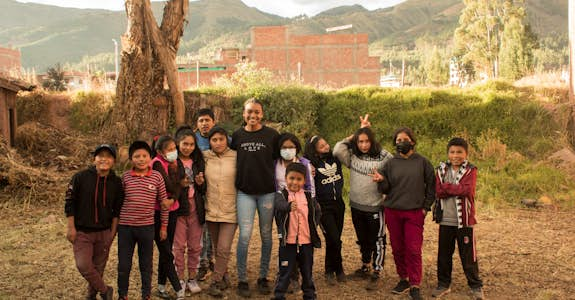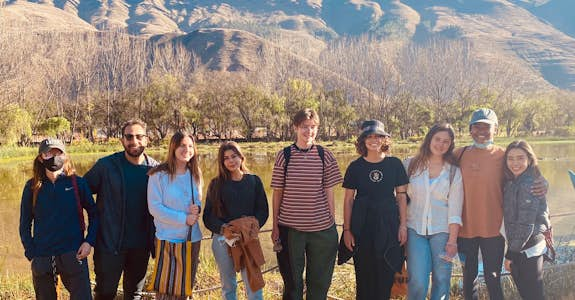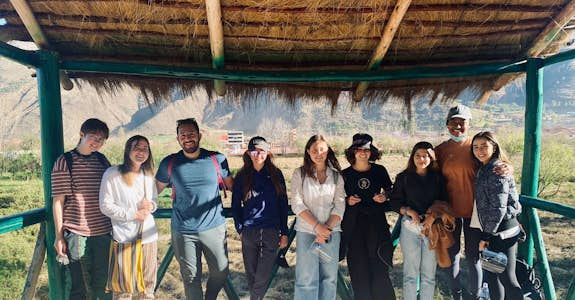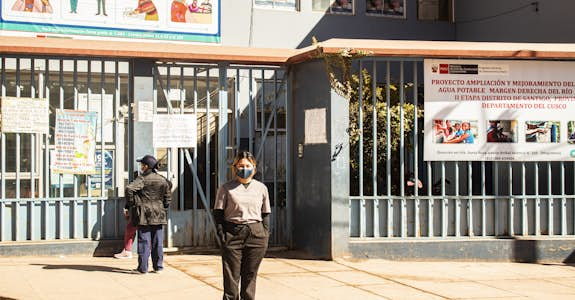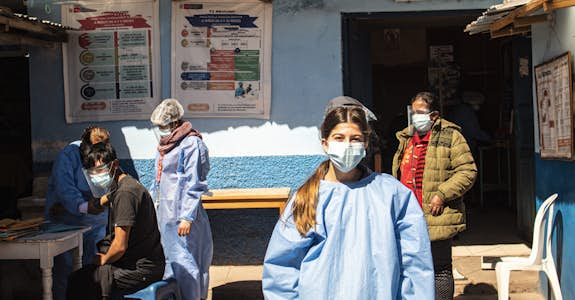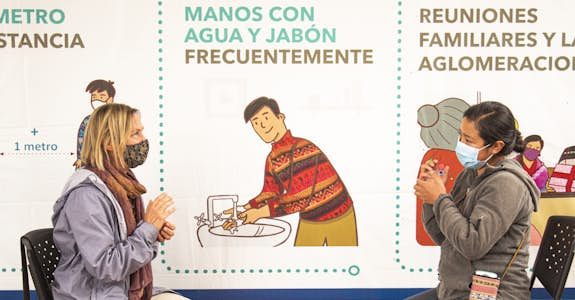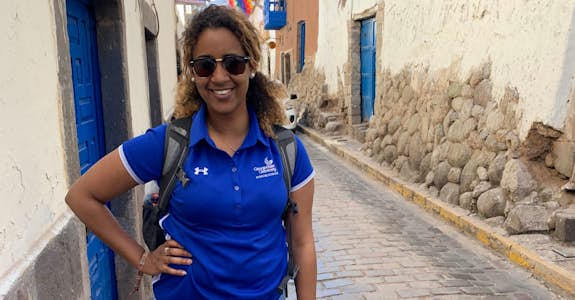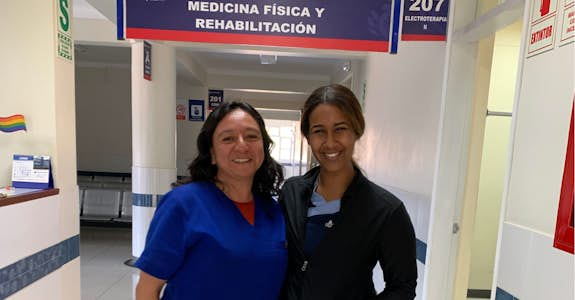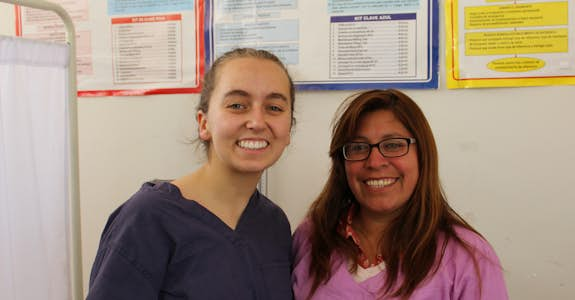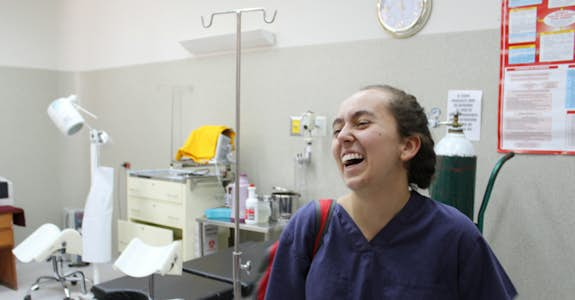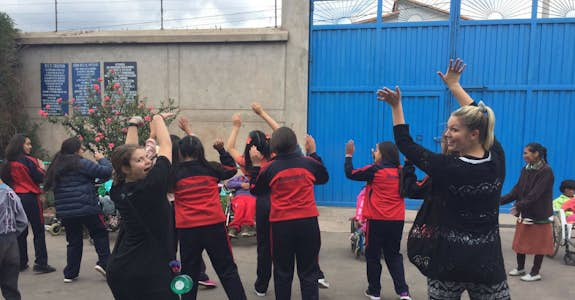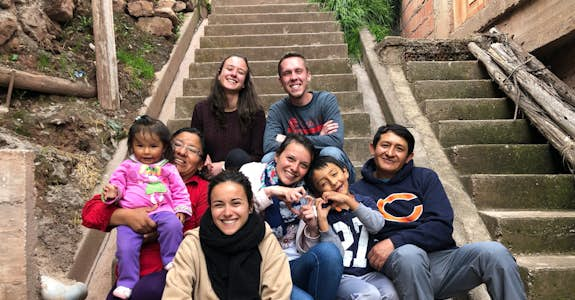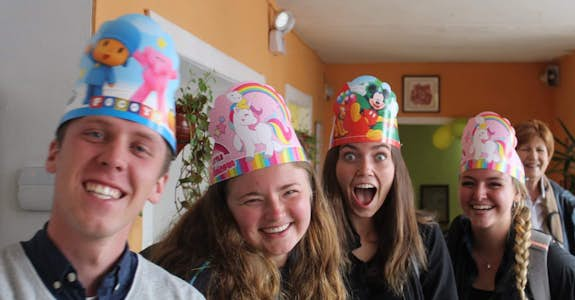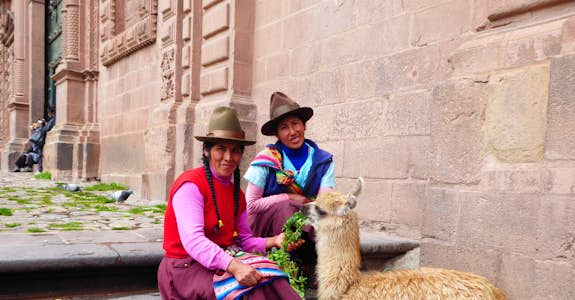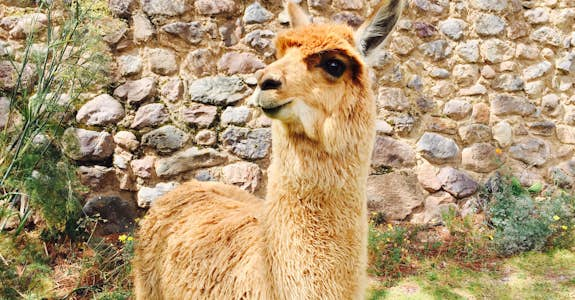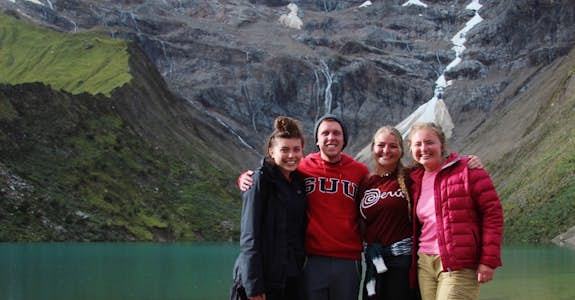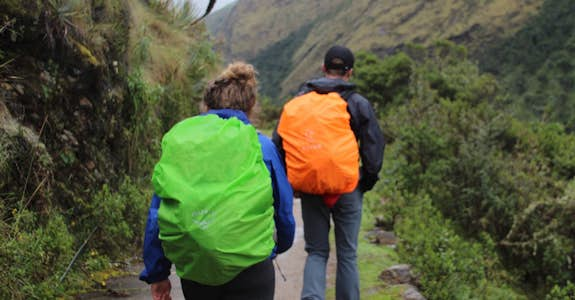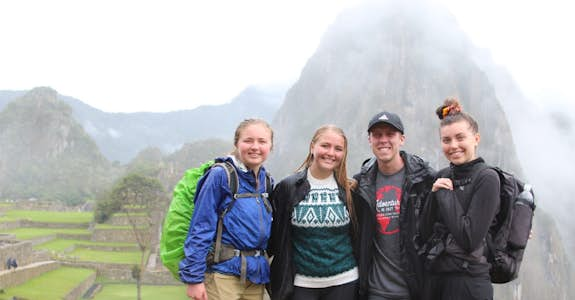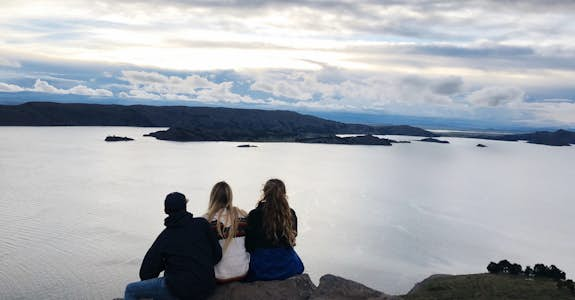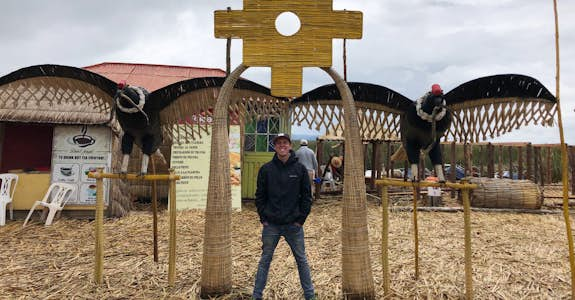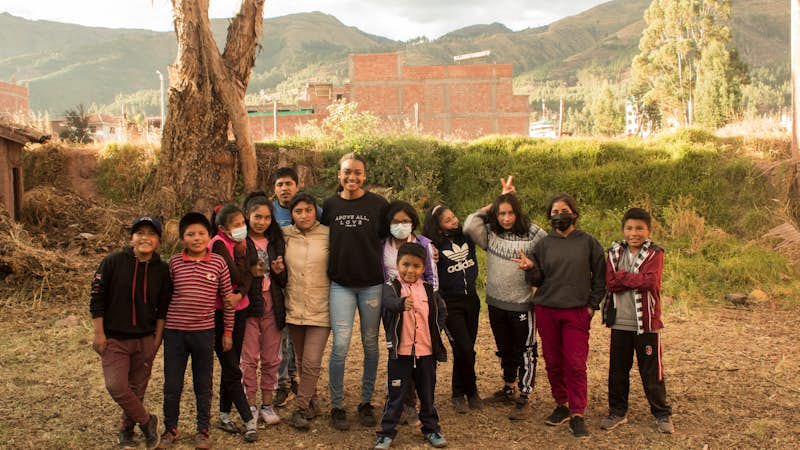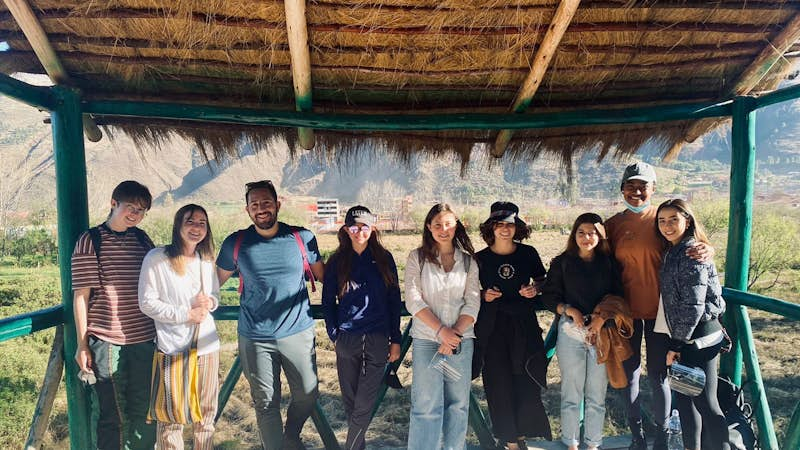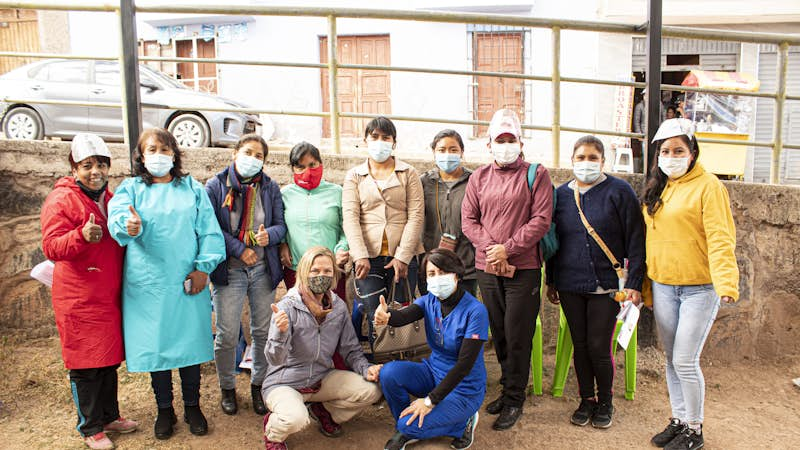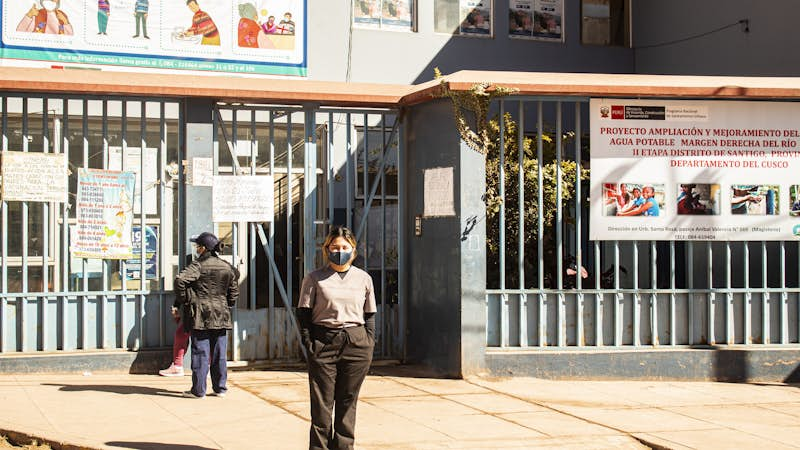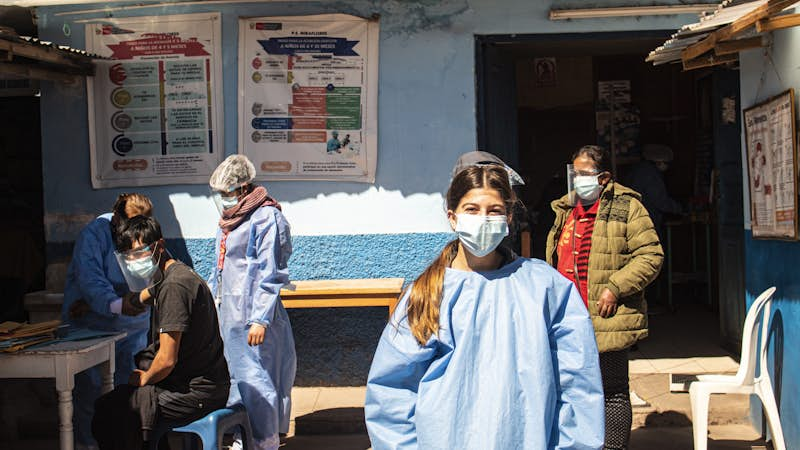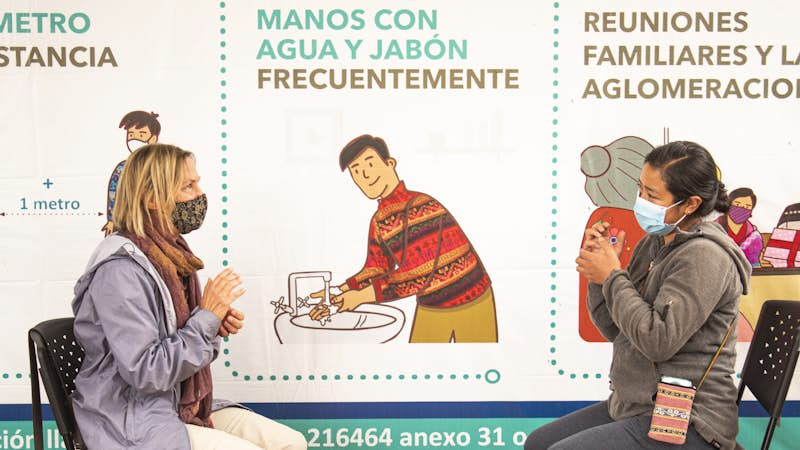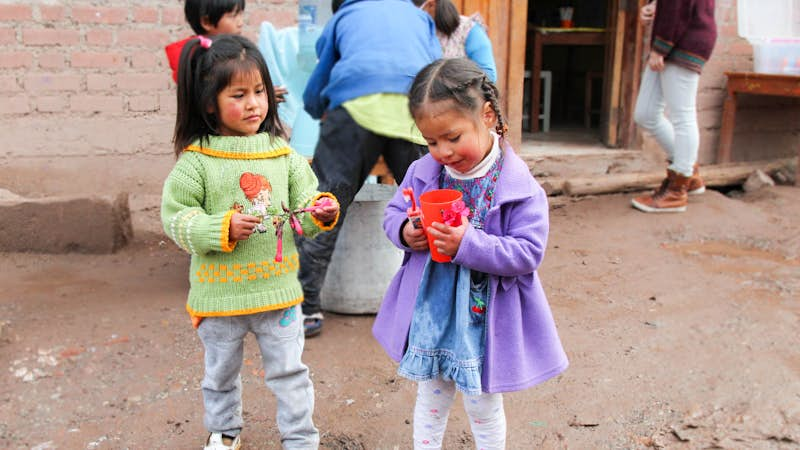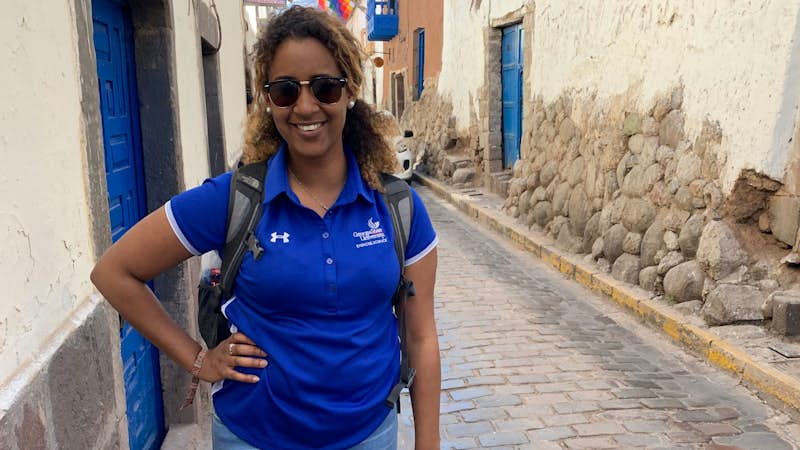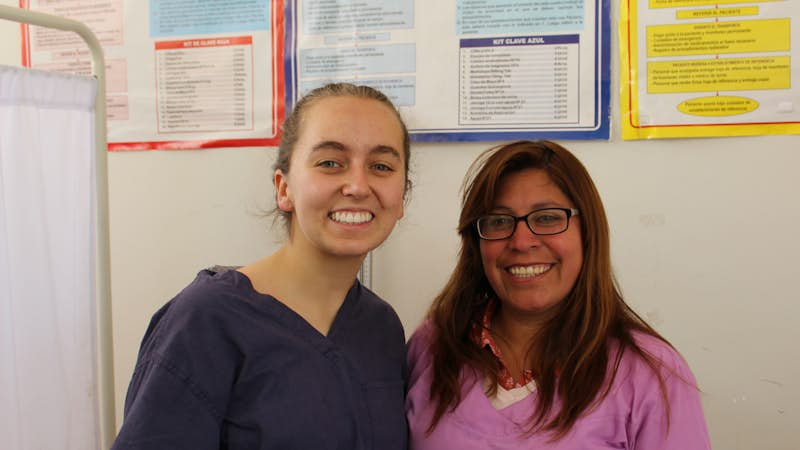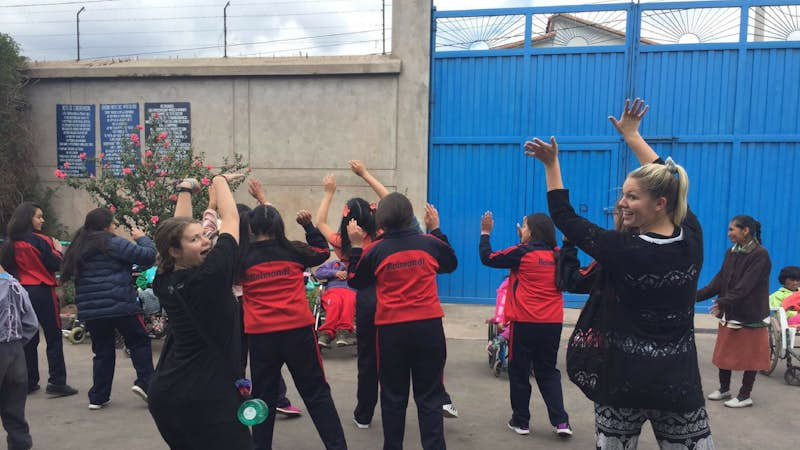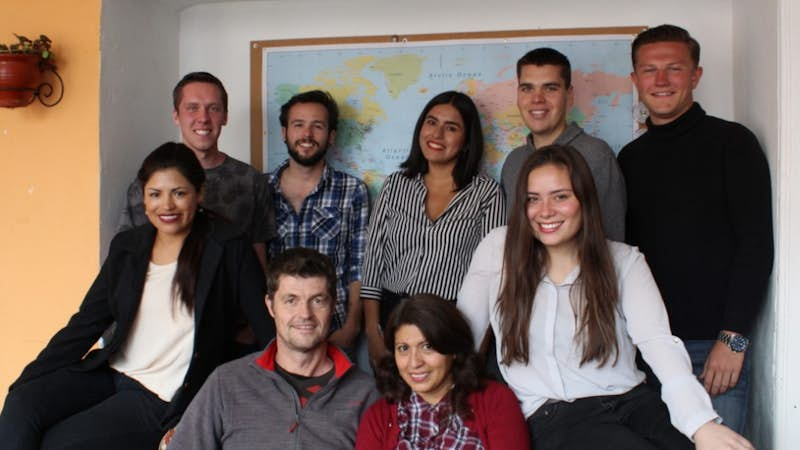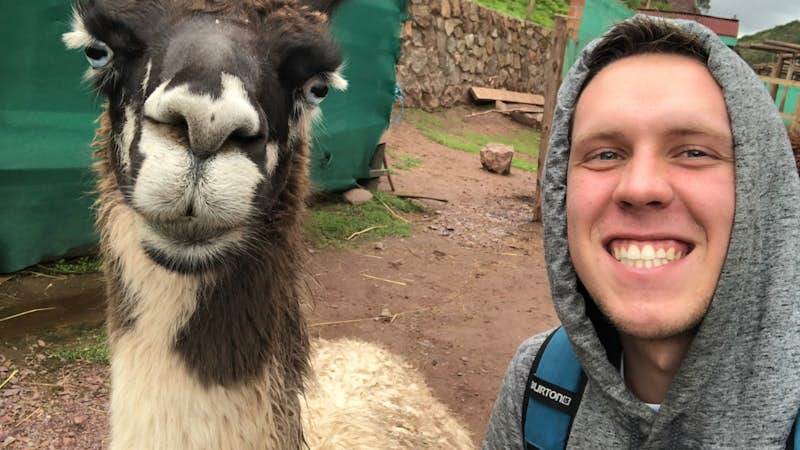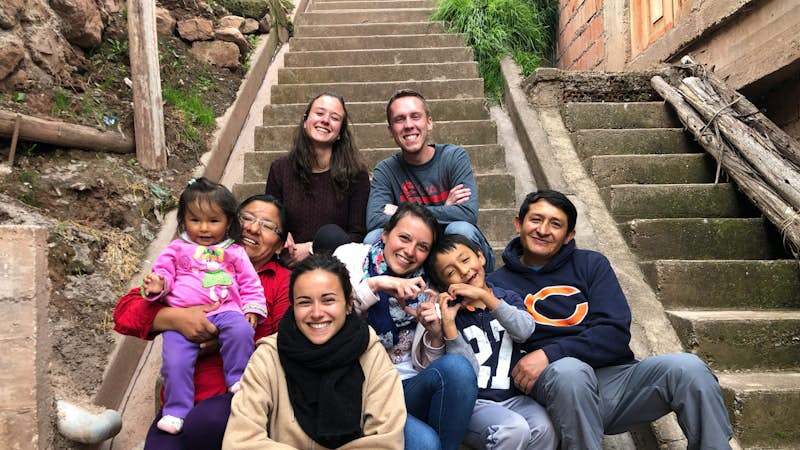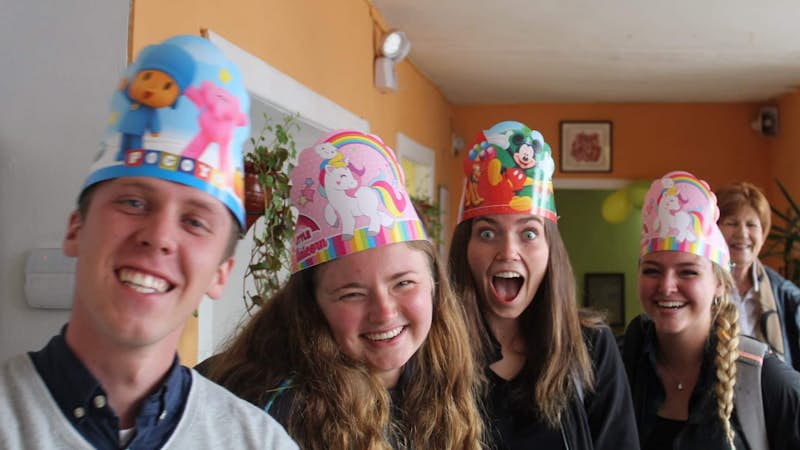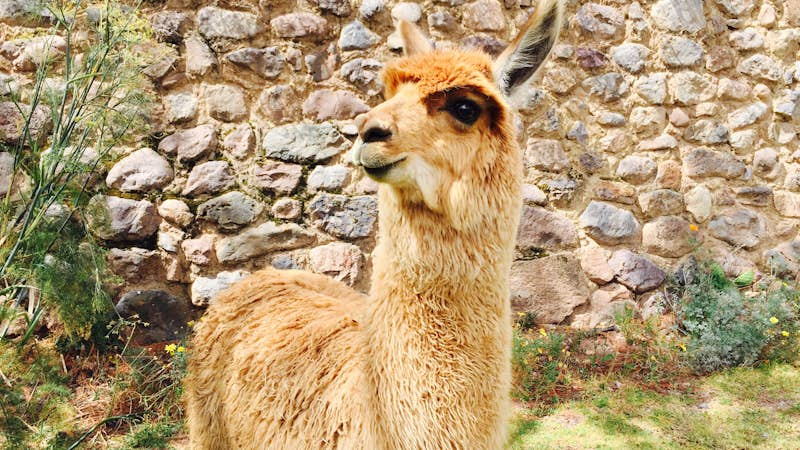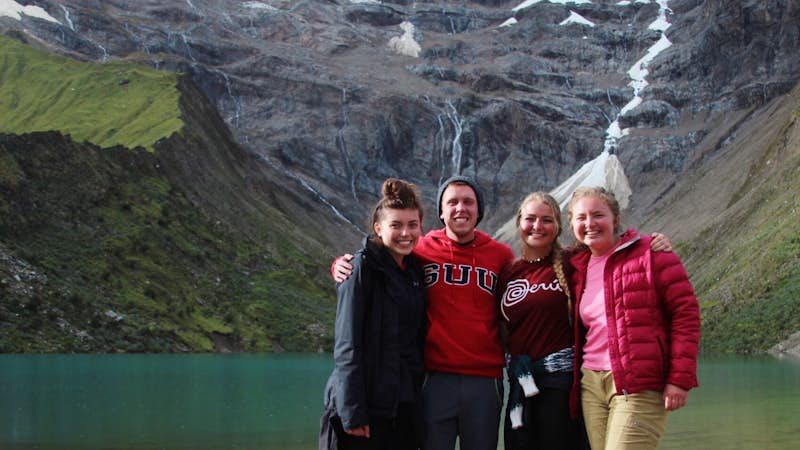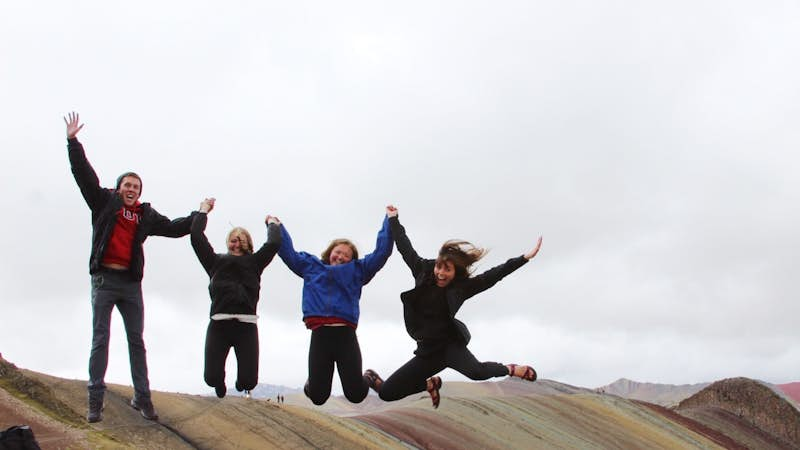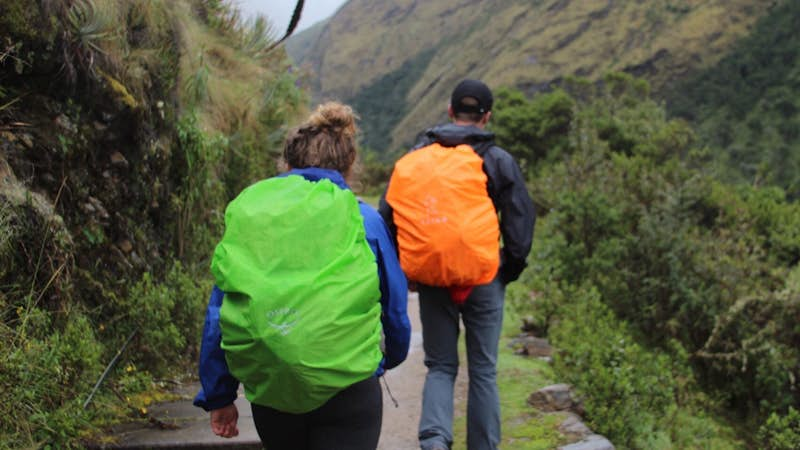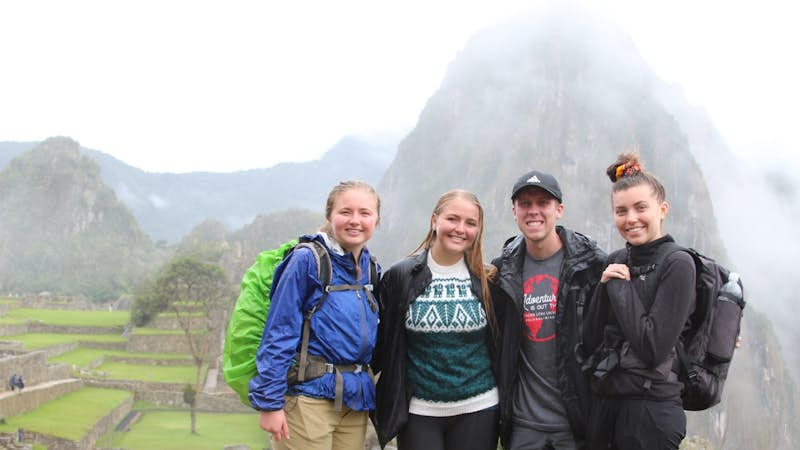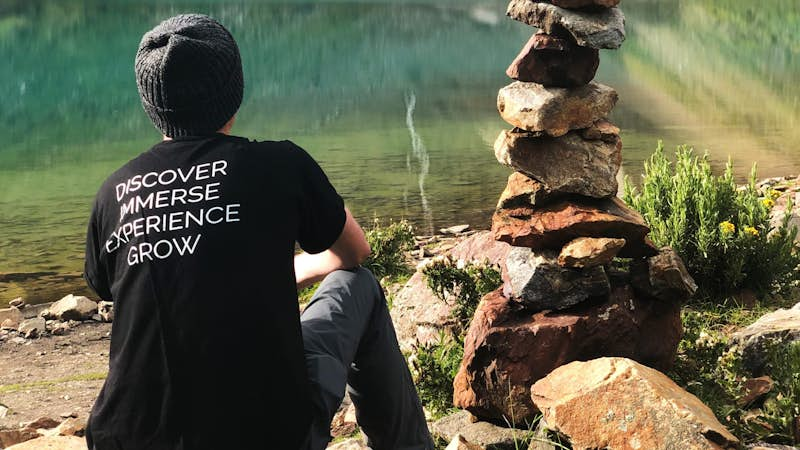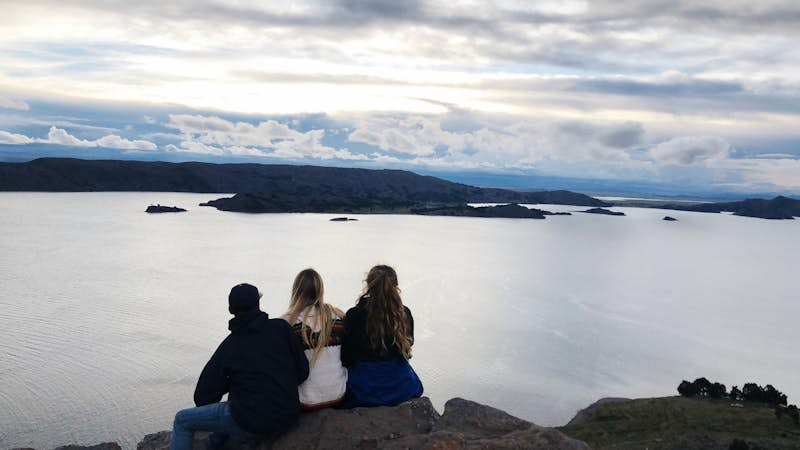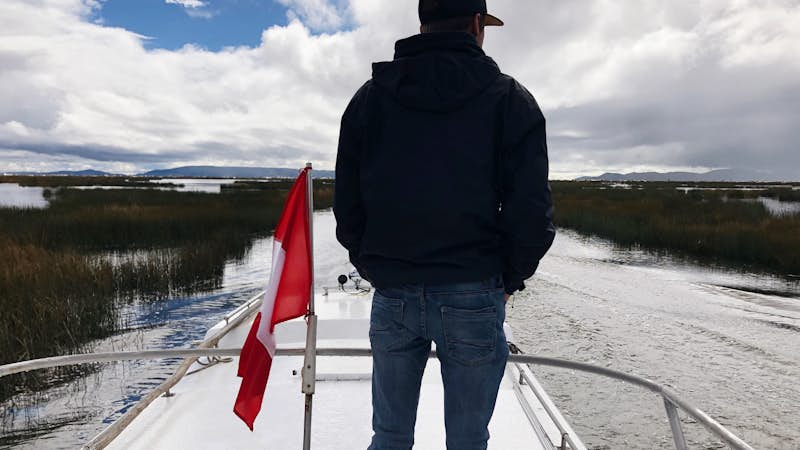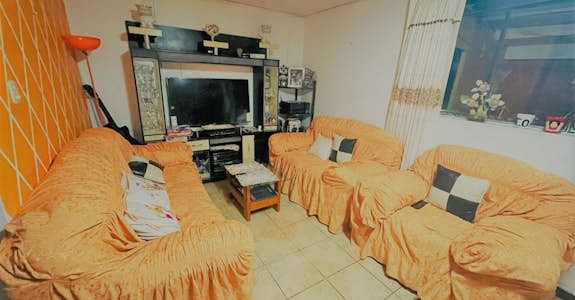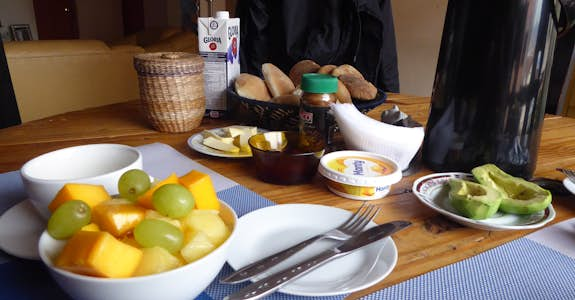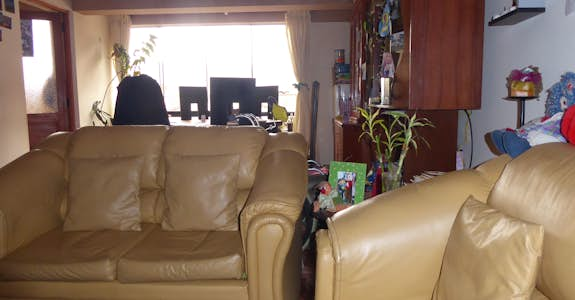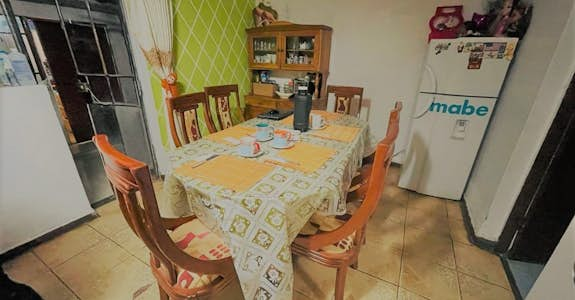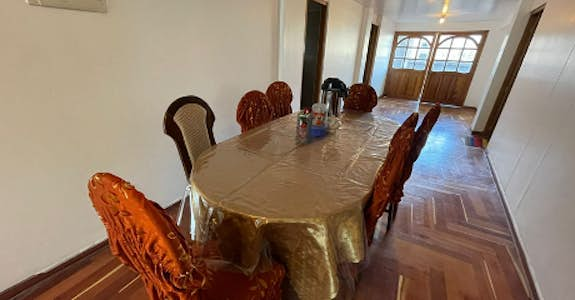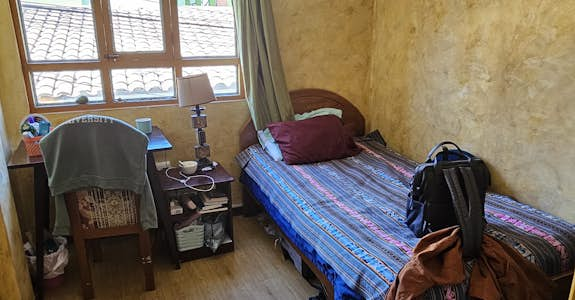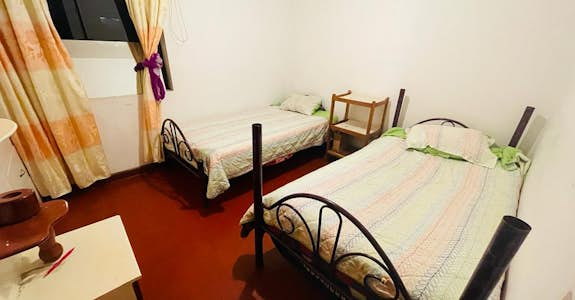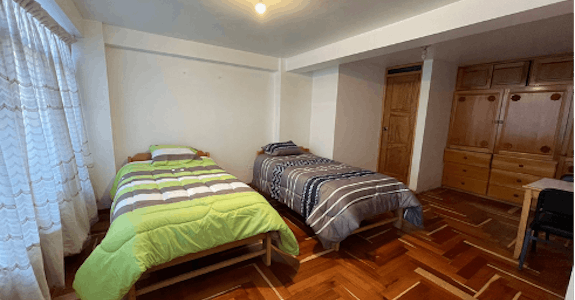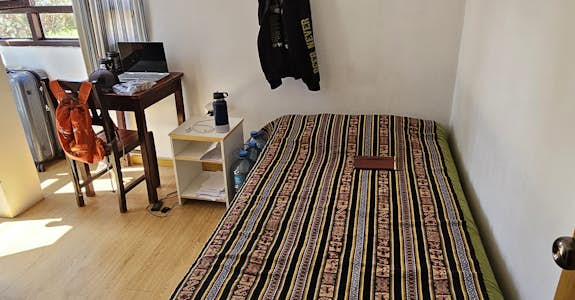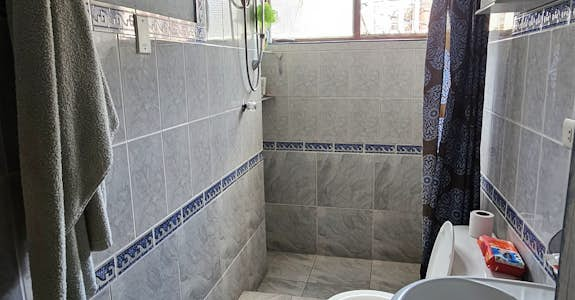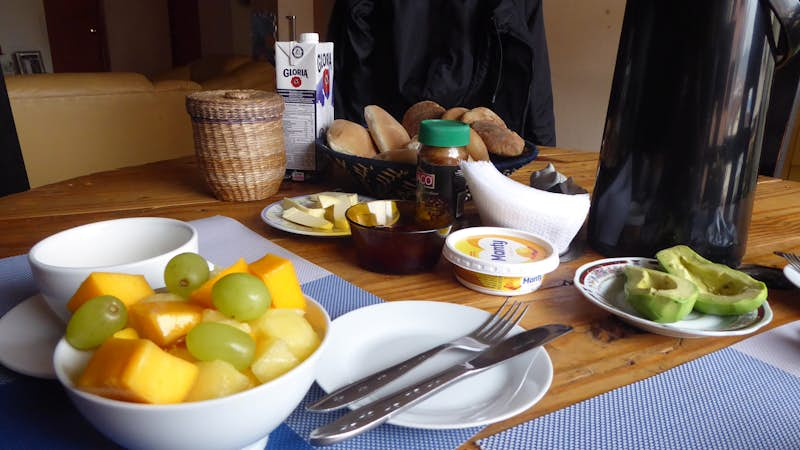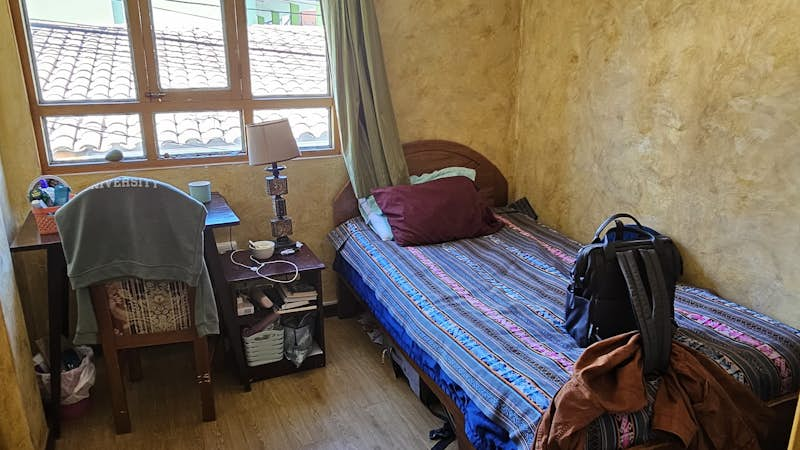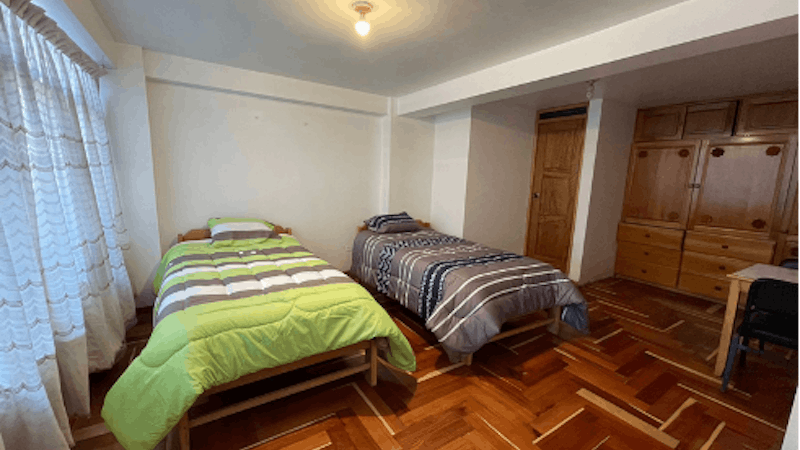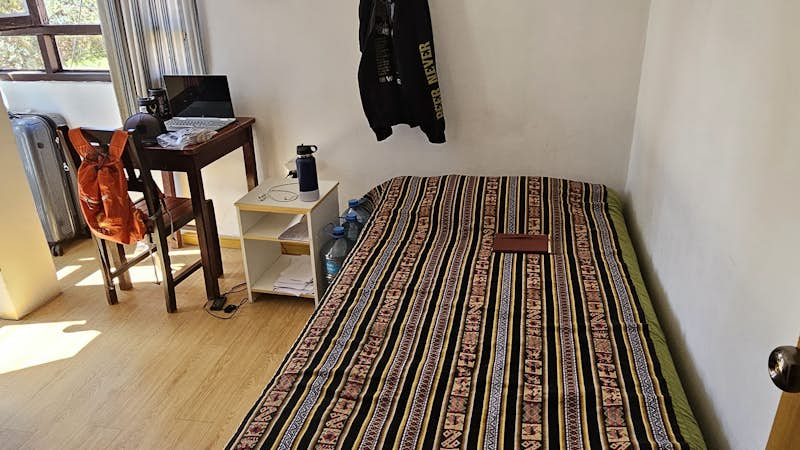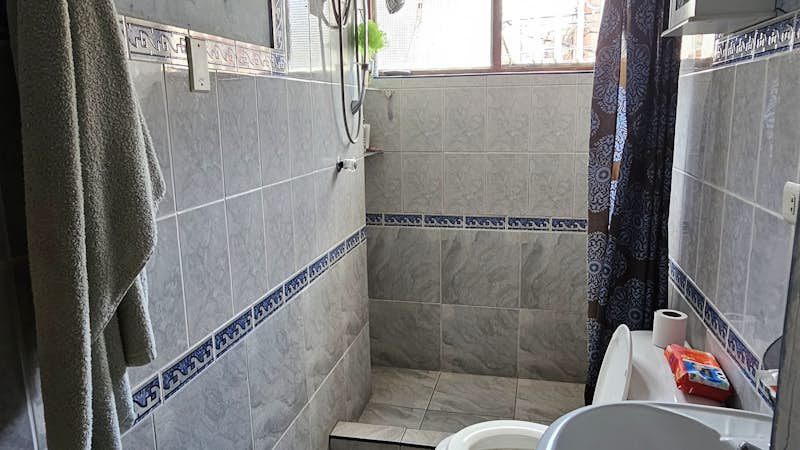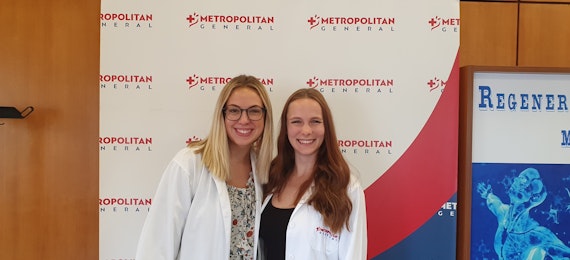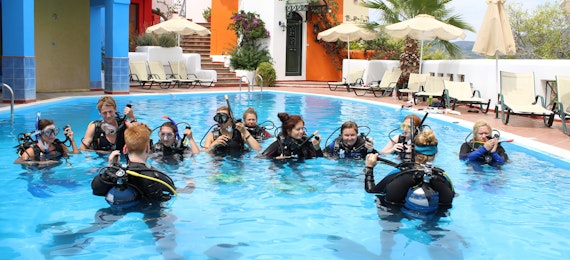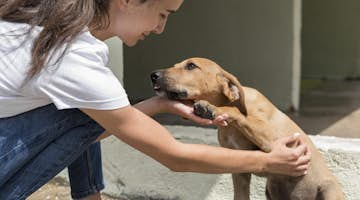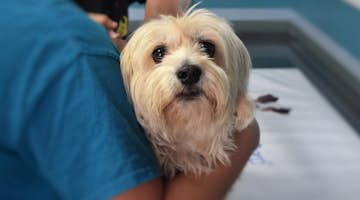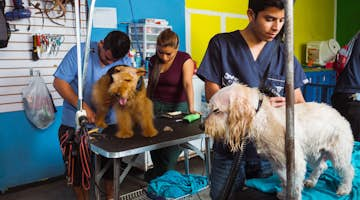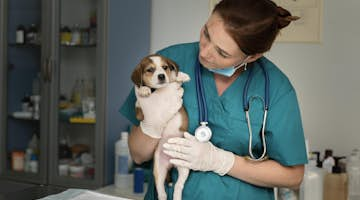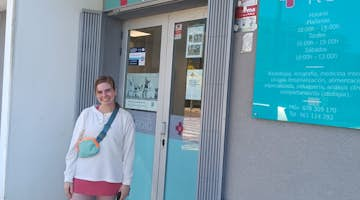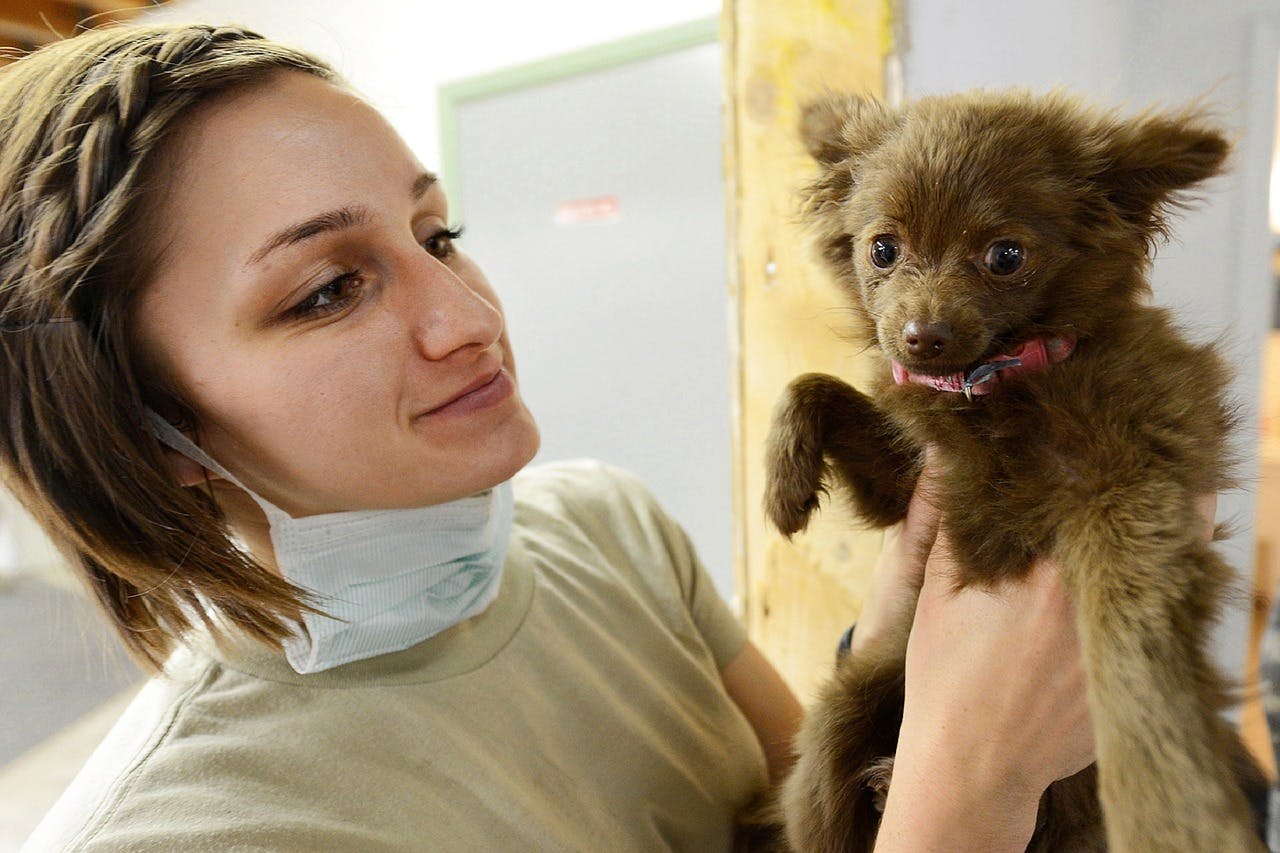
Veterinary & Animal Care Internships: Intern abroad in Cusco, Peru
Assist vet clinics and dog shelters in Cusco with general animal care and activities, helping with surgeries and treatments, and evaluating sick or injured animals. A perfect internship for animal lovers, working alongside experienced local staff.
What to expect from your Veterinary & Animal Care internship:
- Learn from experienced local vets working with a range of animals and treatments
- Help sick, injured and abandoned dogs to recover and be adopted into loving new homes
- Experience Cusco, one of the world’s most popular tourism cities
Your internship abroad host organization:
- Dog shelters
- Vet clinics
Internship details
Veterinary and Animal Care interns in Peru can assist vet clinics and dog shelters with general animal care and activities, helping with surgeries and treatments, and evaluating sick or injured animals. A perfect internship for animal lovers, working alongside experienced local staff in the beautiful city of Cusco.
This is an in-country internship, with accommodation and meals provided.
Interns get the benefit of helping on multiple placements, doubling the learning experience and getting to see different animal care environments. Interns can help in both dog shelters and in vet clinics during the week.
In dog shelters, interns help local staff with all manner of care for abandoned dogs. The ultimate objective of the shelter is to help dogs to become happy, healthy and sociable, and able to be adopted into new homes. This can mean assisting with medical and recovery programs for sick or injured dogs, playing games, walking and washing the dogs or helping with shelter cleaning and maintenance. Time at the shelter requires compassion for animal care and the willingness to get dirty!
When interning at vet clinics, interns shadow qualified local vets, observing treatments with a range of animals and assisting where it’s appropriate. Interns can learn how to use medical instruments and develop recovery programs together with your supervisor. Duties will depend on the treatment requirements, but interns can assist with general consultations, injury rehabilitation, diagnoses, and surgeries. Interns wanting more hands-on veterinarian tasks must have relevant animal care training and experience.
Interns can also assist with health or sterilization campaigns, including helping with marketing and fundraising efforts that allow them to help as many animals as possible.
Interns don’t necessarily need to have a high level of animal care experience, since your duties will reflect your expertise. One of the most important attributes an intern can bring to this experience is a high level of passion and care for animals. Please state the details of any relevant prior experience on your application. You are required to have basic Spanish language skills.
In all cases, interns should expect that the first week of your experience will focus on settling in and gaining some introductory knowledge, as you will not “hit the ground running”. Rather, you should start with learning about the placement to gain an understanding of what you can build upon, develop, learn, and contribute. Ensure that you ask questions and provide feedback during the introductory period, so that your supervisor understands how you’re progressing. This will help them to better understand important details, such as how quickly you learn, what you find challenging, what you find interesting, etc.
Understand and expect that individual internship experiences vary, as the specific placement that you’re assigned will depend on review of your resume and your current level of studies and experience. Therefore, if you’re at a more introductory level, you should reasonably expect a more introductory internship. Likewise, if you’re interning for a shorter duration, you will have a different experience from someone who is interning for a longer duration. Placement preferences are considered but always subject to availability.
What are the career benefits of interning abroad as a Veterinary & Animal Care Intern?
Veterinary & Animal Care interns learn from a qualified and experienced supervisor, and can be involved in:
-
Shadowing and learning from a qualified local vet
-
Assisting in consultations, treatments, diagnoses or surgeries
-
Animal rehabilitation
-
Caring for dogs in a dog shelter
-
Feeding, walking, bathing and playing with dogs
-
Developing medical care and recovery programs for dogs
-
Helping to organize and run health and sterilization campaigns in the community
Professional development opportunities:
-
Gain experience working in a veterinary clinic, learning from a qualified vet
-
Help with treatments and surgeries for a range of animals
-
Gain experience working in a dog shelter for sick, injured and abandoned dogs
-
Help to develop individual health plans for dogs with a range of social and physical issues
-
Experience organizing and running veterinary outreach programs
-
Practice and develop Spanish language proficiency within a professional setting
-
Gain practical skills and boost your employability, with guidance from Intern Abroad HQ’s Experiential Learning Curriculum to support your learning and cultural intelligence.
Are you eligible for this internship?
Submit a free application so we can confirm your eligibility and check availability for your preferred dates.
Not sure which program to join?
Peru photo gallery
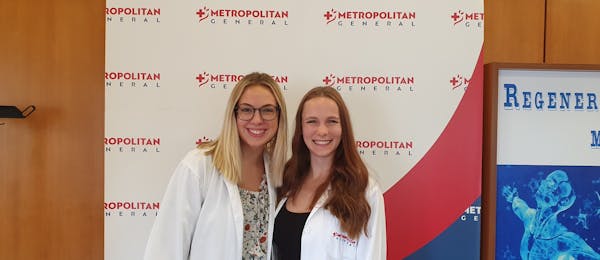
Academic credit available for all internships
Get course credit from your college or university while completing your internship abroad or a remote internship program. It's a great way to meet your academic requirements and gain valuable experience at the same time.
Learn about course creditProgram fees
Applying for our Veterinary & Animal Care Internship is completely free! The support package covers the assistance we provide in finding your internship and arranging your living accommodations in your host country, ensuring you thrive during your program.
Please note that a deposit of US$499 is required to confirm your place. The remaining balance (minus your initial US$499 deposit) is due at least 60 days before your internship start date.
Duration |
Program Fee (USD) |
|---|---|
| 2 weeks | $1,171 Equivalent to $83 /day |
| 3 weeks | $1,322 Equivalent to $62 /day |
| 4 weeks | $1,523 Equivalent to $54 /day |
| 5 weeks | $1,674 Equivalent to $47 /day |
| 6 weeks | $1,850 Equivalent to $44 /day |
| 8 weeks | $2,152 Equivalent to $38 /day |
| 10 weeks | $2,509 Equivalent to $35 /day |
| 12 weeks | $2,811 Equivalent to $33 /day |
| 16 weeks | $3,525 Equivalent to $31 /day |
| 20 weeks | $4,129 Equivalent to $29 /day |
| 24 weeks | $4,733 Equivalent to $28 /day |
- Airport pick-up
- Daily breakfast, lunch and dinner
- Accommodation
- 24/7 in-country support
- Program orientation
- Dedicated support before, during, and after your internship
- In-country guidance for social and tourist activities
- Sourcing and securing your internship placement
- Personalization of your internship plan
- Coaching from your supervisor
- Documented portfolio of your experiential learnings
- Academic credit facilitation
- International reference letter
- Certificate of Internship Completion
- All in-country transportation
- Transfer back to the airport at the end of your internship program
- Visa (if required), flights, travel insurance (mandatory), vaccinations, criminal background check
- Personal spending money for snacks, drinks, public transport, laundry, and leisure activities during your free time.
Free-time experiences & tours in Cusco
Take your internship to the next level with Intern Abroad HQ's affordable activity and tour add-ons in Cusco! Explore your options below and learn how to book them once you've been accepted onto an internship program.

Enjoy 15 hours of Medical, Business or Technical Spanish Language Lessons while interning abroad in Peru.

Enjoy 20 hours of private Spanish language lessons while interning in Peru.

Enjoy this unique Wonder of the World on an affordable 4 day, 3 night tour.
Spanish lessons
Internships in Peru require interns to have varying levels of Spanish language proficiency, from either a confident level of basic Spanish, to a more developed grasp of intermediate to advanced language skills. The definition of having basic Spanish skills (Level A2) includes the ability to exchange brief information with questions and answers, use and understand simple language in daily situations and cultural aspects.
Keep in mind that despite your level of proficiency, a language barrier can still be encountered to a certain extent. Interns should be prepared for the very natural and normal frustration of not always understanding what is being said around them. Most interns are able to have a successful internship experience and it is essential to come prepared and willing to surmount a language barrier, as opposed to being intimidated by it.
We strongly recommend that all interns take advantage of the affordable language lessons offered exclusively to Intern Abroad HQ participants by our host organization in Peru. These can be arranged directly with the local team once registered for the program (ask about online Skype lessons) or at the orientation in-country. Language lessons are tailored to each individual’s current level of Spanish and classes run from Monday through to Friday.
Arrival and Orientation
Internships in Peru begin every Monday. Exceptions may be made to this when start dates are shifted to avoid public holiday disruptions or closed when the program has already reached capacity. The minimum duration requirement is 2 weeks up to a maximum duration of 24 weeks.
Airport pick up and accommodation are included in the Program Fee. The accommodation is covered from the Sunday night before the Monday start date - interns are required to arrive no later than the Sunday before their Monday start date, as all orientations are held on Mondays.
The typical port of entry is the Alejandro Velasco Astete Airport (CUZ). If you are planning to spend time independently in Peru prior to your internship and will not require an airport pick up, we can discuss alternative arrival logistics with you.
Upon arrival, interns will be met, greeted, and transferred to the accommodation. The last night of the accommodation is the Friday night of the final week, leaving interns free to depart on Saturday. Extra nights of accommodation can be arranged in advance, if requested, and are subject to availability.
Orientation covers important details for your internship, including introductions, information about culture, customs, rules, expectations, safety, language lessons, cultural excursions, and more. Your specific internship placement orientation will follow the general orientation, as you’ll be shown how to travel to and from your internship and be introduced to the team you’ll be joining.
Please note that all participants are advised not to book flights until they have first registered to confirm their internship placement.
Check what's required to visit Peru
Check out the widget below to learn about the visa requirements for the Veterinary & Animal Care internship in Peru, based on your country of residence.
Accommodation and WiFi
All interns in Cusco, Peru, are hosted in various homestay accommodations, which are usually located approximately 20 minutes walk to the central office (which is located just off the Plaza De Armas). In some cases, accommodation may be located closer to the internship placement than the central office for convenience. If so, then the central office may be about 20 minutes away via public bus.
Homestay accommodations provide international interns with an extra layer of support, while also providing a valuable opportunity for cultural immersion. Host families can be diverse but may often consist of two parents and children or a single parent with children (the ages of a host family’s children can range from young and still living at home, to adults living independently).
There are usually 1-5 guest bedrooms available in most home-stays and everyone has their own private single-sex bedroom (unless special requests are made in advance to share with a friend or partner).
Given that homestay accommodations themselves may be mixed-gender (with single-sex bedroom allocations for guests), guests must be prepared to share common living spaces with mixed-gender, such as shared kitchen, living, dining, and bathroom areas. Host families typically have their own bathrooms and there is a separate bathroom which is shared amongst the program guests.
Living is comfortable, however it’s important to note that the infrastructure in Cusco is different from other developed cities. Water is cut-off intermittently at various times during the day. Most of the time, the water is running early in the morning, in the afternoons and evenings. It’s advised to shower in the morning and early evening (shower pressure can be low, and the water is typically warm but not steaming hot). On occasion, the water can be cut-off for longer periods of time (but with a fair warning). There is usually 24-hour electricity but from time to time the power can be cut-off without warning.
It is endeavoured to provide WiFi in the home-stay accommodation, but the signal may not always be strong and from time to time, may go down.
Requests for any exceptional accommodation arrangements must be communicated in advance of the internship start date.
Please note that the accommodation pictured in the photo gallery of this webpage is provided as an example. Since we work with more than one option for homestay accommodation, the exact accommodation that you’re assigned may differ from the photos. However, you can expect a similar standard and similar amenities, to what is shown.
Meals
Internships in Cusco include three meals per day, served at the homestay. A typical Peruvian breakfast is provided and consists of bread, spreads, juice, coffee or tea, and fruit. Lunch is generally the biggest meal of the day, and often consists of a soup and a main dish. Dinner commonly consists of meat (often chicken), soups, pastas, starches and vegetables. Please be sure to let us know of any specific dietary requirements that you have in advance, so that we may ensure your hosts are aware and make recommendations accordingly.
Essential country information
| Capital | Lima |
| Population | 29.99 million |
| Languages | Spanish |
| Currency | Peruvian Nuevo Sol (PEN) |
| Time zone | UTC-05:00 |
Weather and climate:
Peru, unlike other equatorial countries, does not have an exclusively tropical climate; the influence of the Andes and the Humboldt Current causes great climatic diversity within the country. In the mountainous region, rain is frequent during summer and temperatures and humidity diminish with altitude up to the frozen peaks of the Andes. The Jungle is characterized by heavy rainfall and high temperatures, with the exception of its southernmost part, which has cold winters and seasonal rainfall.

